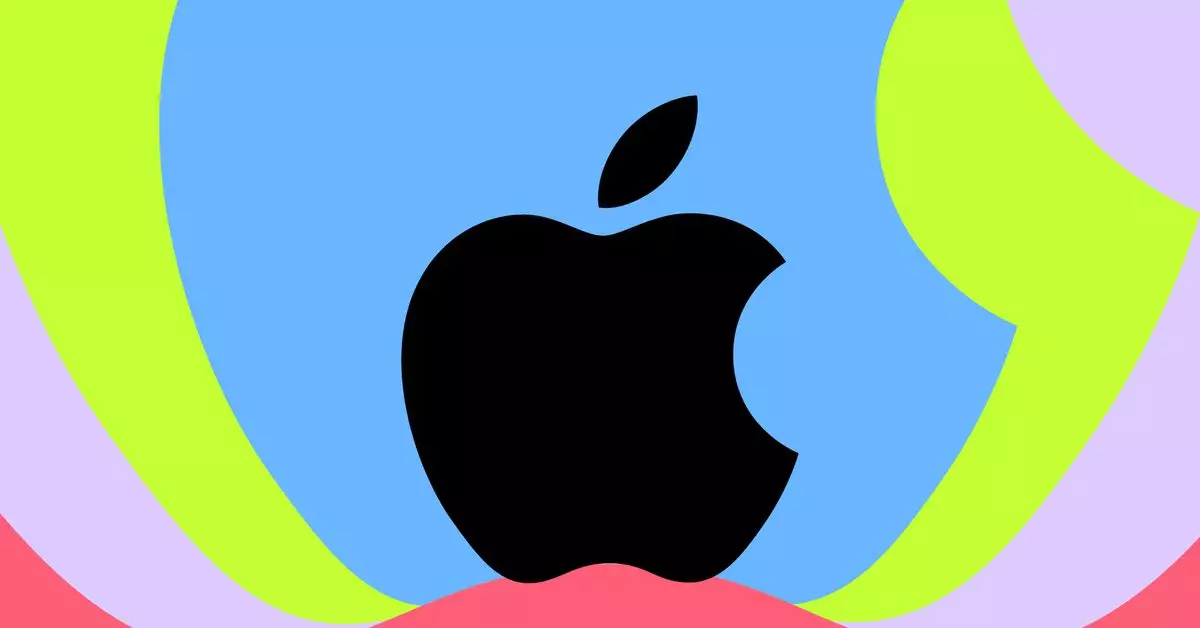In the midst of an ever-evolving tech landscape, Apple continues to push the boundaries of smartphone design. The anticipated iPhone 17 Air, rumored to be unveiled this fall, represents an innovative leap for the company. According to insights from Bloomberg’s Mark Gurman, this lightweight device is poised to introduce several breakthrough technologies while embodying Apple’s commitment to sleekness and efficiency.
The nomenclature of “Air” isn’t new for Apple; it’s a title associated with the thinnest iterations of their product lines, including the MacBook and iPad. The iPhone 17 Air is expected to inherit this legacy, with reports suggesting it will be approximately 2 millimeters slimmer than its predecessors. This remarkable thinness, estimated to be between 5.5mm and 6.25mm, positions it as a frontrunner for the sleekest design in the iPhone range, surpassing even the iPhone 6.
Beyond its refined exterior, the iPhone 17 Air is set to be a testing platform for groundbreaking technology. Gurman notes that this device might serve as a foundational model for Apple’s future foldable devices. This strategic move aligns with broader industry trends as manufacturers explore innovative designs that challenge traditional smartphone formats. It also suggests that the slim profile of the iPhone 17 Air is instrumental in prepping for more complex devices, such as foldable iPhones and iPads.
Among the notable enhancements expected in the new model is the introduction of Apple’s first in-house cell modem, codenamed Sinope. This significant development is anticipated to debut in the iPhone SE this spring, paving the way for robust connectivity features in the iPhone 17 Air. Furthermore, rumors indicate an upgrade in wireless technology, potentially featuring Apple-designed Wi-Fi and Bluetooth chips—a critical enhancement aimed at boosting overall device performance and user experience.
The iPhone 17 Air will likely showcase a state-of-the-art 6.6-inch ProMotion OLED display, a feature previously exclusive to the iPhone Pro models. The incorporation of a 120Hz variable refresh rate signifies Apple’s ambition to elevate user experience through superior display technology. Furthermore, with a focus on photography, the phone is expected to host a single 48-megapixel rear camera, complemented by a 24-megapixel front-facing camera. This configuration reflects a continued emphasis on imaging capabilities, catering to the growing demand for high-quality mobile photography.
Additionally, the device is rumored to be powered by the new A19 chip, which promises enhanced processing capabilities alongside 8GB of RAM. Such specifications will not only enhance performance but also allow the device to effectively support Apple Intelligence AI features, an area that Apple has been steadily expanding.
As anticipation builds around the iPhone 17 Air, it’s clear that Apple is not just upgrading its product line; it’s setting a foundation for the future of mobile technology. The blend of slim design, innovative features, and advanced processing power positions the iPhone 17 Air as a pivotal moment in Apple’s lineage. It will be interesting to see how these developments will influence the industry and reshape consumer expectations in the coming years.

